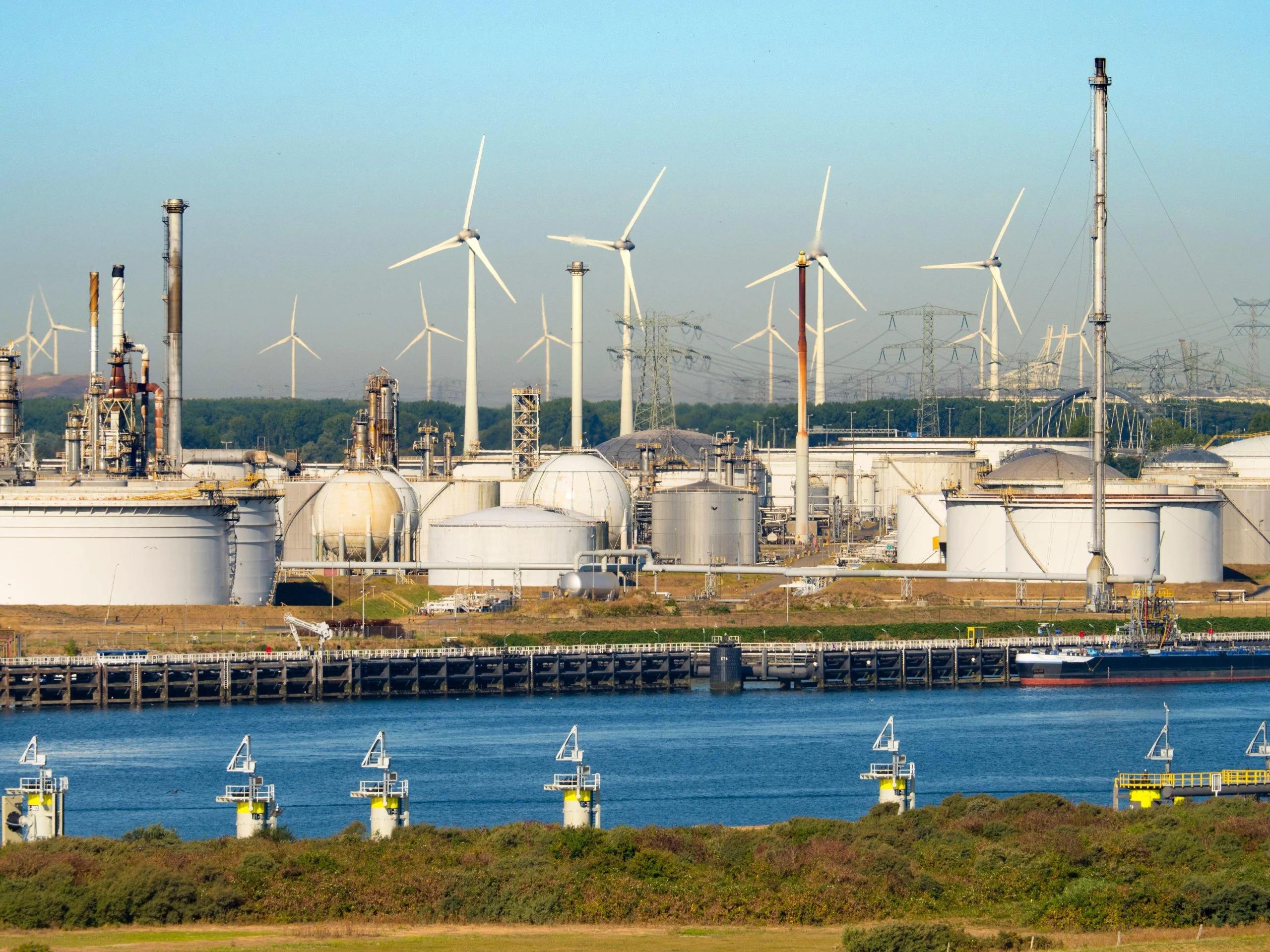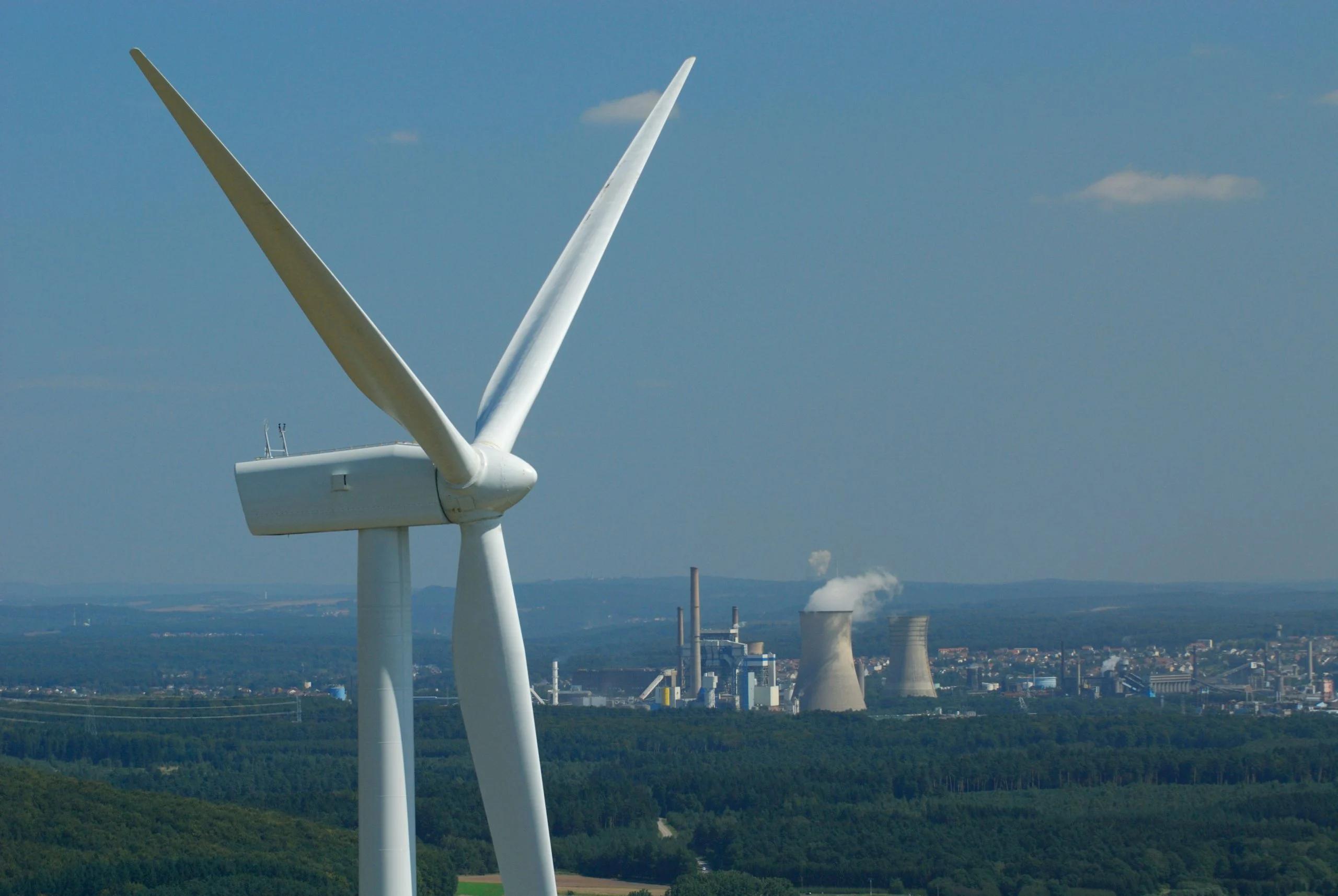Chapter 1:
Global analysis
In this chapter
Emissões do setor de energia global platôs
As emissões do setor de energia global permaneceram quase inalteradas na primeira metade de 2023, enquanto o vento e o solar continuaram a aumentar sua participação no mix de poder do mundo. No entanto, as condições hidrelétricas adversas-ativamente exacerbadas por emissões presas da mudança climática por queda na primeira metade de 2023.
1.1
Setor de energia global emissões Plated 5,77,70 milhões de fúmulos (o setor de energia global Setored 5,77,7,7,43s. 2023, quase inalterado em relação ao mesmo período do ano passado, com um ligeiro aumento de 0,2% (+12 mtCo2).
The global power sector produced 5,795 million tonnes of carbon dioxide (mtCO2) in the first half of 2023, almost unchanged from the same period last year, with a slight increase of 0.2% (+12 mtCO2).
O platô em 2023 é notável. Historicamente, as emissões do setor de poder têm aumentado estruturalmente. Já houve apenas quedas durante os choques econômicos globais, como a crise financeira de 2008 ou a pandemia covid-19 de 2020.
As principais economias de alta renda viram algumas das maiores quedas de emissões. As emissões caíram na UE em 17% (-59 MTCO2), nos EUA em 8,6% (-64 MTCO2), no Japão, em 12% (-25 MTCO2) e na Coréia do Sul em 3% (-3,6 MTCO2). A Índia viu um aumento mais lento das emissões, com as emissões subindo em 3,7% (+19 mtCo2) na primeira metade de 2023 em comparação com um aumento de 9,7% (+45 mtCo2) no mesmo período do ano passado. Na China, as emissões aumentaram 7,9% (+173 mtCo2), em grande parte devido a condições hidrelétricas ruins. TWH). A geração de carvão aumentou 1% (+47 TWH), a geração de gás aumentou 0,5% (+14 TWH), mas outras gerações de combustível fóssil (principalmente petróleo) caíram 15% (-52 TWH). As mudanças no nível regional e no país variaram significativamente. Por outro lado, no carvão dos EUA caiu, mas a geração de gás aumentou. Essas quedas foram impulsionadas pelas quedas na demanda de eletricidade nesses países e também nos EUA por causa da mudança de carvão para gás. A geração de carvão também diminuiu na África do Sul (-9,8%, -10 TWH). A geração de gás também caiu no Japão (-17%, -28 TWH) e na Índia (-3,4%, -0,5 TWH), mas aumentou nos EUA ( +8,1%, +61 TWH) e na China ( +8%, +9,7 TWH). Nos EUA, a geração de gás tem aumentado desde 2005, enquanto o carvão está em declínio, uma tendência que
Global fossil generation remained almost unchanged
Fossil fuels generated 59.9% of global electricity in the first half of 2023 (8,100 TWh), compared to 60.1% in the same period last year (8,091 TWh).
Global fossil fuel generation remained almost unchanged, rising by only 0.1% (+9 TWh) in the first half of 2023, compared to the same period last year. Coal generation increased by 1% (+47 TWh), gas generation rose by 0.5% (+14 TWh) but other fossil fuel (mainly oil) generation fell 15% (-52 TWh). Changes at the regional and country level varied significantly.
Japan and the EU were the only two high-income, high-polluting economies that saw a fall in both coal and gas. In contrast, in the US coal fell but gas generation increased.
Coal generation fell in some major high-income economies in the first half of 2023: the EU (-23%, -49 TWh), the US (-27%, -112 TWh), Japan (-7.4%, -10 TWh) and South Korea (-2.5%, -2.2 TWh). These falls were driven by the falls in electricity demand in these countries, and in the US also because of the coal-to-gas switch.
Elsewhere, coal fell in Chile (-33%, -3.8 TWh) despite demand slightly increasing (+0.5%, +0.2 TWh). Coal generation also decreased in South Africa (-9.8%, -10 TWh).
In contrast, coal generation increased in China (+8%, +203 TWh) and India (+3.8%, +23 TWh) and some other developing nations.
Gas generation fell in the EU (-13%, -33 TWh). Gas generation also fell in Japan (-17%, -28 TWh), and in India (-3.4%, -0.5 TWh), but increased in the US (+8.1%, +61 TWh) and in China (+8%, +9.7 TWh). In the US, gas generation has been increasing since 2005 while coal has been declining, a trend that deve continuar pelo menos no curto prazo. Os EUA (-8,5%, -1,6 TWH) entre muitos outros países. O outono nos seis meses a junho foi maior do que qualquer declínio registrado em um ano inteiro nas últimas duas décadas. Três quartos do outono vieram da China (-129 TWH). Como resultado, a Hydro gerou 14% (1.898 TWH) de eletricidade global no primeiro semestre de 2023, em comparação com uma ação de 15% (2.075 TWH) no mesmo período do ano passado. Se a geração hidrelétrica permanecesse nos mesmos níveis observados em H1-2022, a geração fóssil não teria que compensar o déficit hidrelétrico de 177 TWH. Em vez de um pequeno aumento, a geração fóssil teria caído 168 TWH, levando a uma queda nas emissões do setor de energia de 2,9% (-119 milhões de toneladas de CO2). Isso é evidente no fator de capacidade, que mostra a saída real em relação ao limite teórico da capacidade existente. A primeira metade de 2023 viu quedas dramáticas no fator de capacidade global da geração hidrelétrica, que caiu para 35,6%, quase quatro pontos percentuais inferiores ao H1-2022. Embora o fator de capacidade para hidrelétrica flutua significativamente entre a primeira e a segunda metade do ano devido a variações sazonais, o H1-2023 representa uma queda dramática em comparação com os valores históricos. Nos últimos 10 anos, o fator de capacidade global média foi de 40,9%. Este novo baixo em 2023 ocorre depois que o fator de capacidade hidrelétrica global já atingiu dois baixos anuais de todos os tempos consecutivos em 2021 (39,6%) e 2022 (39,4%). 2023
Generation from other fossil fuels, mainly oil, fell globally, with falls including the EU (-12%, -3.8 TWh), Japan (-22%, -6.1 TWh) and the US (-8.5%, -1.6 TWh) among many other countries.
1.2
Global hydro output sees historic fall
The first half of 2023 saw a historic decline in global hydro generation of 8.5% (-177 TWh), caused by droughts which were likely exacerbated by climate change. The fall in the six months to June was larger than any decline recorded across a full year in the last two decades. Three-quarters of the fall came from China (-129 TWh). As a result, hydro generated 14% (1,898 TWh) of global electricity in the first half of 2023, compared to a share of 15% (2,075 TWh) in the same period last year.
The adverse hydro conditions prevented a fall in global power sector emissions. Had hydro generation remained at the same levels seen in H1-2022, fossil generation would have not had to compensate for the hydro deficit of 177 TWh. Instead of a small rise, fossil generation would have fallen 168 TWh, leading to a fall in power sector emissions of 2.9% (-119 million tonnes of CO2).
The decline in hydro came despite additions in hydro capacity, as a result of worse hydro conditions in China, the US, India and other countries. This is evident in the capacity factor, which shows the actual output relative to the theoretical limit of the existing capacity. The first half of 2023 saw dramatic falls in the global capacity factor of hydro generation, which fell to 35.6%, nearly four percentage points lower than in H1-2022. Although the capacity factor for hydro fluctuates significantly between the first and second half of the year due to seasonal variations, H1-2023 represents a dramatic fall compared to historical values. Across the last 10 years, the average global capacity factor was 40.9%. This new low in 2023 comes after the global hydro capacity factor already hit two consecutive all-time annual lows in 2021 (39.6%) and 2022 (39.4%).
The hydro issues were particularly notable in China, where last year’s droughts and ongoing heat waves in 2023 Afetado Níveis de reservatório e saída hidrelétrica. China’s hydro capacity factor fell to 30.5% in H1-2023, ten percentage points below the first half of last year and the lowest value seen since at least 2015. With China representing nearly a third of the world’s hydro generation (30% in 2022), conditions in China strongly influence global hydro output.
Wind and solar were the only two electricity sources that significantly increased their share in the global power mix. Together wind and solar generated 14.3% of global electricity in the first half of 2023 (1,930 TWh), a 1.5 percentage points increase from the same period last year, when they generated 12.8% of global electricity (1,717 TWh). In the first half of 2023, 5.5% of global electricity came from solar and 8.8% from wind.
Globally, wind and solar both grew in H1-2023 compared to the same period last year, although at a slower rate than they did last year. Wind generation increased by 10%, lower than the growth in the same period last year (+16%). Solar generation rose 16%, also lower than the 26% increase in the same period year. Such increases are below the growth needed for net zero, which requires a yearly average growth of 17% for wind and 24% for solar, according to the IEA’s net zero scenario.
In absolute terms, wind and solar gain also remained below last year’s level: solar grew by 104 TWh compared to 132 TWh in the same period last year. Wind generation increased by 109 TWh compared to gains of 147 TWh in the same period last year.
China remains a global leader in wind and solar
China accounted for 91% of global growth in wind power and 43% of global growth in solar generation in the first half of 2023. The next largest contributors were the EU and India, who each accounted for 12% of global growth in solar generation.
1.4
Low demand growth worldwide
Global electricity demand rose only 0.4% (+59 TWh) in the first half of 2023; a much lower rise than 2.8% in the same period last year. The increase is also lower than the yearly historical average over the last decade of 2.6%. Such low growth was driven by demand falls in a number of mature economies, and by lower than expected demand growth in India. Electricity demand fell by 5.6% in Japan, 4.6% in the EU, 3.4% in the US and 1.4% in South Korea. Such falls in demand contributed to reducing emissions in each of these countries and to flattening emissions at the global level.
Demand falls in high income economies were due to varying reasons. In the EU, the electricity demand falls have continued since March 2022 in the wake of Russia’s invasion of Ukraine. The fall in the first half of 2023 is larger than the falls due to the Covid-19 pandemic in 2020. Since 2022, the demand falls can be attributed to a combination of factors: policy measures aimed to reduce demand amidst the energy crisis and security of fossil gas supply concerns, a large cut by energy-intensive industries, mild weather in winter, and reduced personal electricity Use devido a uma crise de custo de vida. A subnotificação da geração solar nos bastidores também está levando a alguma má atribuição, mostrando que a demanda de eletricidade cai, em vez de subir a energia solar. Este é um problema em muitos países europeus, aparente pelo aumento sem precedentes em novas instalações solares na cobertura. Nos EUA, a demanda caiu devido a Atividade econômica mais lenta e clima mais suave. No Japão, a demanda caiu devido ao clima mais suave, mas também devido a alguns Medidas de economia de eletricidade.
A demanda aumentou na China e na Índia à medida que esses países continuam a avançar em suas economias. Na China, a demanda de eletricidade aumentou 6%, de acordo com estimativas nacionais para 2023 e semelhante à média histórica para 2012-2022 (+5,9%). Na Índia, a demanda aumentou 3,1%, o que foi menor que o crescimento médio para 2012-2022 (+5,4%) e muito mais lento que o crescimento de 11%observado no mesmo período do ano passado, quando o país foi Recuperando-se de que os bloqueios de outm a outmaths, que são usados em que os bloqueios de que o queimado é o que há mais de um pouco de ondas de calor. É improvável que continue para o mesmo nível no futuro. À medida que os países eletrificam suas economias, é provável que sua demanda de eletricidade.
Related Content



